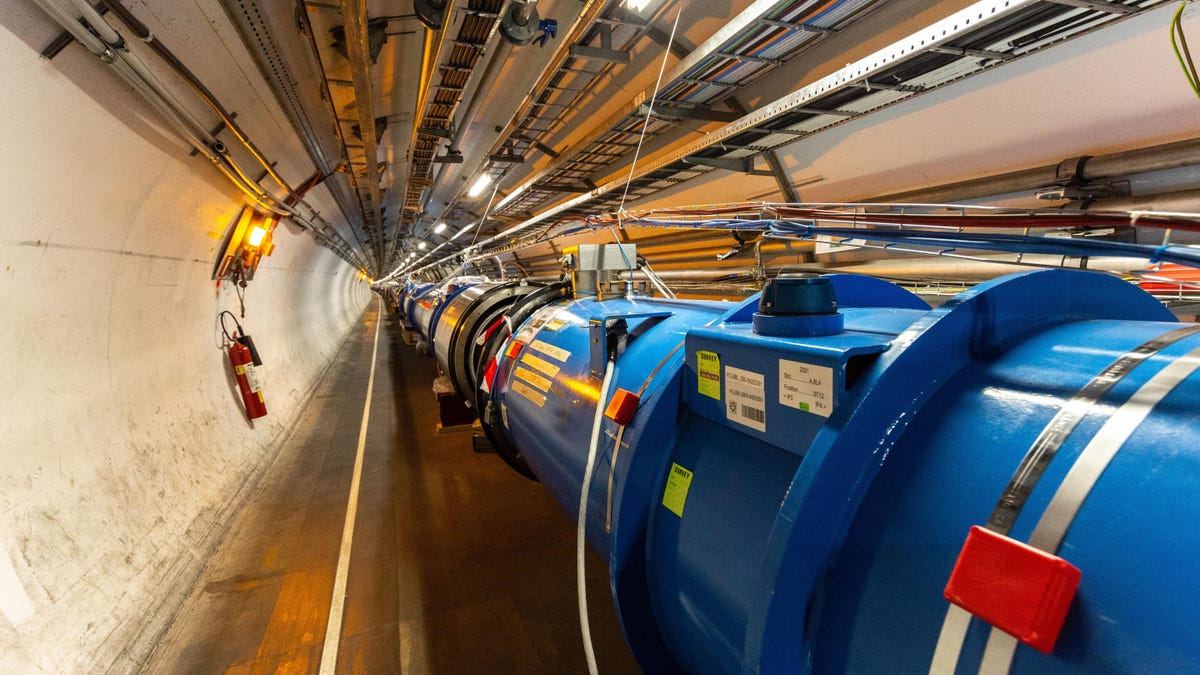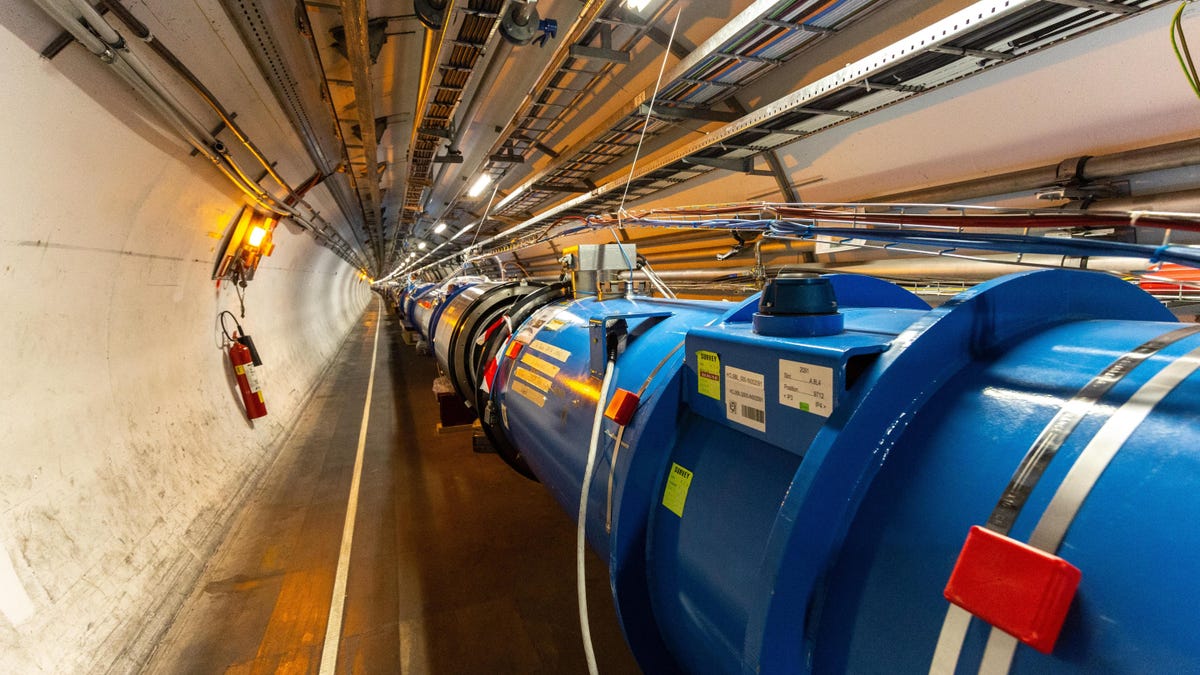
The recent upgrades enable experiments at higher energies and scientists to draw more data from their experiments. The next LHC run (Run 3) is expected to kick off this summer and will last for four years. This will boost integral experiments like ATLAS and CMS, while LHCb—an experiment that spotted a new exotic particle last year—will increase its collision count by a factor of three, according to CERN. The ALICE detector, which studies quark-gluon plasma, is expected to see 50 times the number of ion collisions it did previously.
CERN engineers are working toward a major upgrade of the LHC, called the High-Luminosity LHC (HL-LHC), intended to to increase the collider’s luminosity by a factor of 10. The goal is to have that iteration ready by 2029.
Advertisement
There are still several years of physics to do before those long-term plans come to fruition, but they’ve started off on the right foot: ending a hibernation by launching right into a sprint.
More: ‘Huh, That’s Funny’: Physicists Delighted by New Measurement for the W Boson
Advertisement
